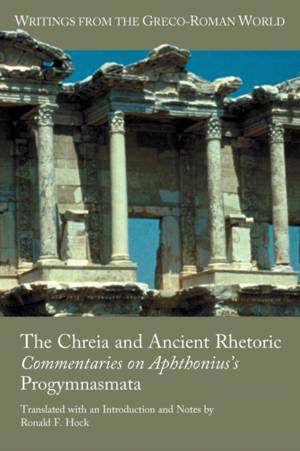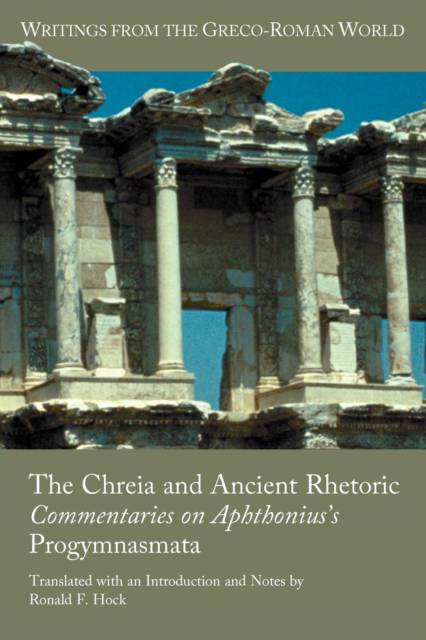
- Afhalen na 1 uur in een winkel met voorraad
- Gratis thuislevering in België vanaf € 30
- Ruim aanbod met 7 miljoen producten
- Afhalen na 1 uur in een winkel met voorraad
- Gratis thuislevering in België vanaf € 30
- Ruim aanbod met 7 miljoen producten
Zoeken
€ 84,95
+ 169 punten
Omschrijving
This book provides the first translations in English and a preliminary analysis of the commentaries on the chreia chapter in Aphthonius's standard Progymnasmata, a classroom guide on composition. The chreia, or anecdote, was a popular form that preserved the wisdom of philosophers, kings, generals, and sophists. Aphthonius used the chreia to provide instructions on how to construct an argument and to confirm the validity of the chreia by means of an eight-paragraph essay. His treatment of this classroom exercise, however, was so brief that commentators needed to clarify, explain, and supplement what he had written as well as to situate the chreia as preparation for the study of rhetoric-the kinds of public speeches and the parts of a speech. By means of these Byzantine commentaries, we can thus see more clearly how this important form and its confirmation were taught in classrooms for over a thousand years.
Specificaties
Betrokkenen
- Auteur(s):
- Uitgeverij:
Inhoud
- Aantal bladzijden:
- 358
- Taal:
- Engels
- Reeks:
- Reeksnummer:
- nr. 31
Eigenschappen
- Productcode (EAN):
- 9781589836440
- Verschijningsdatum:
- 1/11/2012
- Uitvoering:
- Paperback
- Formaat:
- Trade paperback (VS)
- Afmetingen:
- 152 mm x 229 mm
- Gewicht:
- 526 g

Alleen bij Standaard Boekhandel
+ 169 punten op je klantenkaart van Standaard Boekhandel
Beoordelingen
We publiceren alleen reviews die voldoen aan de voorwaarden voor reviews. Bekijk onze voorwaarden voor reviews.











